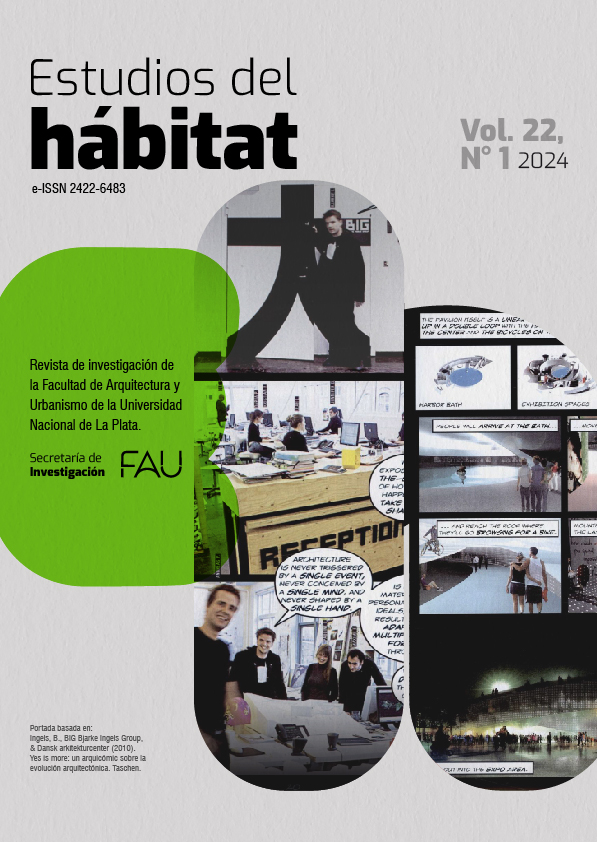A ranch for Fernando Birri: Project strategies for an architecture of resistance
Keywords:
popular habitation, Fernando Birri, critical regionalismAbstract
From the mid-twentieth century, modernising theory established a socio-economic model in which the traditional was placed at the antipodes of progress, especially for "underdeveloped" Latin America. In architecture, however, several exponents captured the essence of popular habitation as a dialogue between the conditions of modern space and the gestures of local tradition in terms of uses, materials and construction techniques. The Sapukay house for the filmmaker Fernando Birri was more than a transculturation in a modern Latin American key. Within the framework of critical regionalism, his project - an epistolary manifesto between professional and client - makes visible the deals of social transformation that constitute it as an architecture of resistance. In order to approach this singular case study, this essay structures the analysis of the technical-project documentation on the basis of the six points proposed by Frampton in the framework of a critique of regional architecture.
Downloads
Metrics
References
Fernández Cox, C. (1991). Modernidad y posmodernidad en América Latina: estado del debate. Escala.
Frampton, K. (2010). Hacia un regionalismo crítico: seis puntos para una arquitectura de resistencia. En H. Foster (Ed.), La posmodernidad. (7° ed., pp. 37- 59). Kairos.
Ricoeur, P. (2015). Historia y verdad. Fondo de Cultura.
Sarquis, J. (2007). Itinerarios del proyecto. La Investigación Proyectual como forma de conocimiento en arquitectura. Nobuko.
Tomas, H. (1998). El lenguaje de la arquitectura moderna. Mc Print.
Viñuales, G. (2013). Arquitectura vernácula iberoamericana. Red AVI.
Downloads
Published
How to Cite
Issue
Section
License
Copyright (c) 2024 Diego Fiscarelli, Nathalie Goldwaser Yankelevich

This work is licensed under a Creative Commons Attribution-NonCommercial-ShareAlike 4.0 International License.
Acorde a estos términos, el material se puede compartir (copiar y redistribuir en cualquier medio o formato) y adaptar (remezclar, transformar y crear a partir del material otra obra), siempre que a) se cite la autoría y la fuente original de su publicación (revista y URL de la obra), b) no se use para fines comerciales y c) se mantengan los mismos términos de la licencia.








.jpg)

















